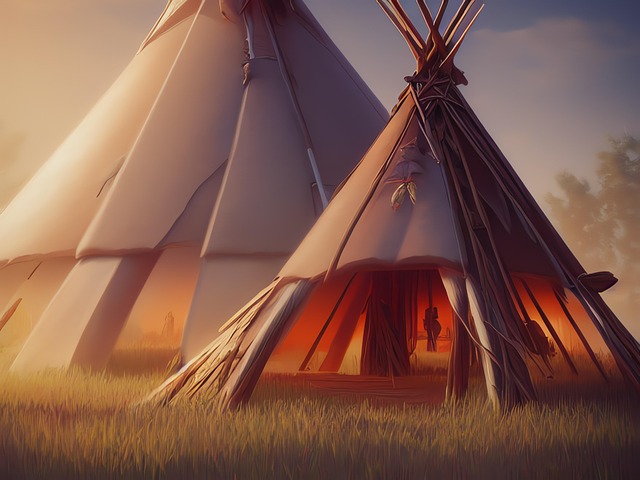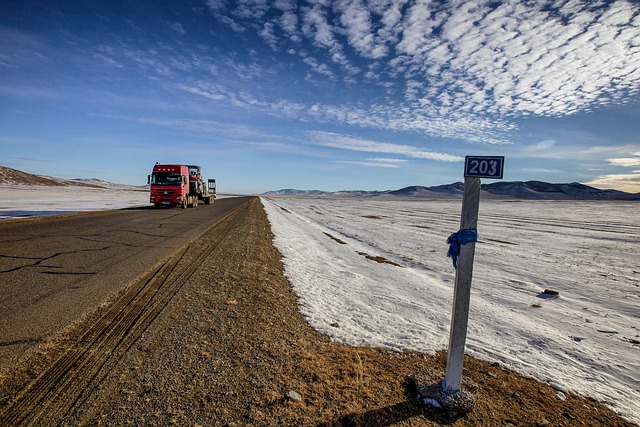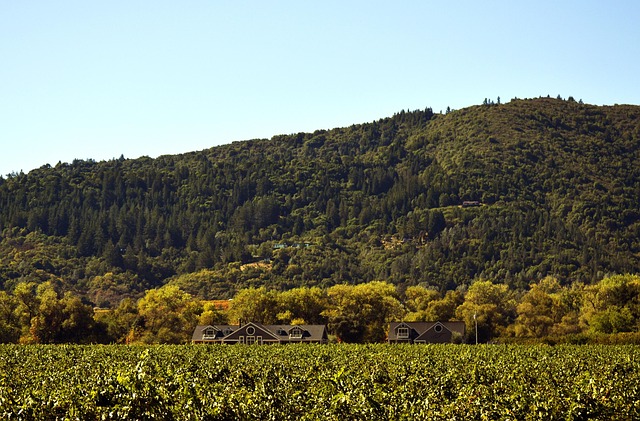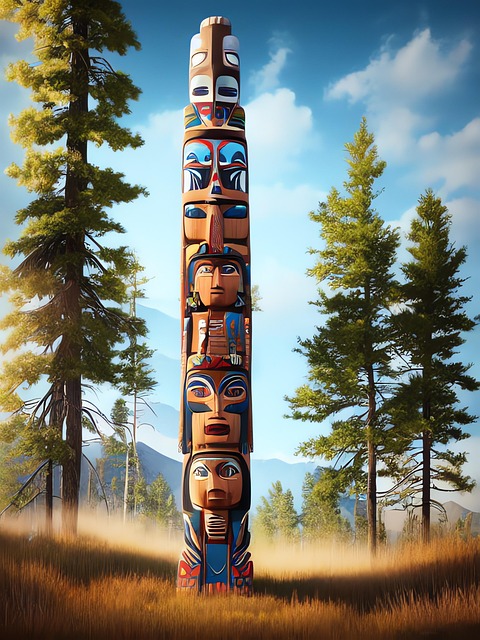The Navajo Reservation, nestled in the White Mountains, offers a diverse real estate landscape blending cultural heritage and natural beauty. From traditional adobe homes to modern eco-friendly dwellings, it provides unique residential options. The area's historic sites connect residents to ancestral roots. Real estate development opportunities exist, especially in resorts and sustainable retreats, leveraging the mountains' natural attractions while preserving cultural heritage through mindful planning and community engagement.
“Uncover the unique landscape of the Navajo Reservation, where a vibrant culture meets diverse real estate opportunities. This article delves into the intricate relationship between the Reservation’s rich heritage and its varied real estate offerings. From the majestic White Mountains, a natural asset with profound cultural significance, to emerging trends shaping the region, we explore how these elements influence the Reservation’s dynamic real estate market. Discover the captivating synergy of culture and property in this indigenous heartland.”
Exploring Navajo Reservation's Real Estate Diversity

The Navajo Reservation, nestled in the breathtaking White Mountains, offers a diverse range of real estate options that reflect the reservation’s rich cultural heritage and stunning natural landscapes. From sprawling ancestral homes built with traditional adobe architecture to modern, energy-efficient dwellings, the reservation boasts a unique blend of residential styles. Many properties are located within close proximity to historic sites, such as ancient cliff dwellings and sacred geological formations, providing residents with a deep connection to their ancestral roots.
This real estate diversity is not just about aesthetics; it’s also driven by practical considerations like climate change adaptation. Many Navajo communities have traditionally relied on sustainable farming practices and renewable energy sources, values that are increasingly reflected in the construction of new homes. As development continues, there’s an emphasis on preserving cultural heritage while incorporating innovative solutions for a changing environment, ensuring that the Navajo Reservation remains a vibrant place to live, work, and play.
White Mountains: A Natural Asset on Reservation Land
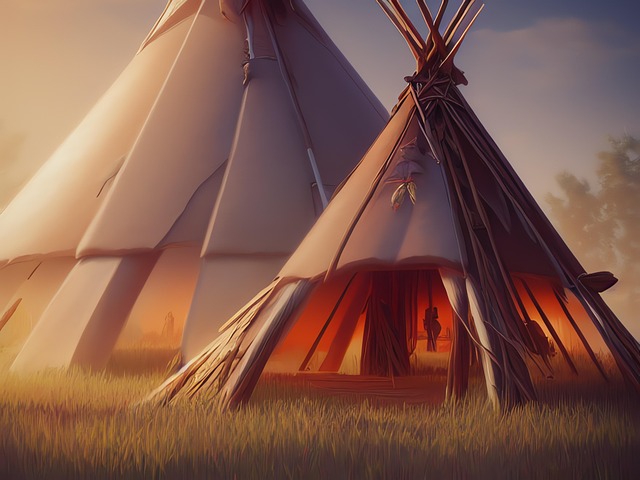
The White Mountains, a majestic range spanning parts of Arizona, New Mexico, and Utah, stand as a stunning natural asset within the Navajo Reservation. This rugged landscape offers a unique blend of scenic beauty and cultural significance for the Navajo people, who have inhabited these lands for centuries. Beyond its aesthetic appeal, the reservation’s proximity to the White Mountains presents significant opportunities in the real estate sector.
The area’s diverse terrain, ranging from vast forests to towering peaks, attracts outdoor enthusiasts and nature lovers, boosting tourism potential. Real estate developers can capitalize on this by creating exclusive resorts, vacation homes, or eco-friendly retreats, catering to those seeking a connection with nature. The mountains’ presence also inspires cultural appreciation and provides a rich backdrop for traditional Navajo activities, further enhancing the appeal of reservation land as a desirable residential or investment option.
Cultural Significance and Real Estate Trends in the Region
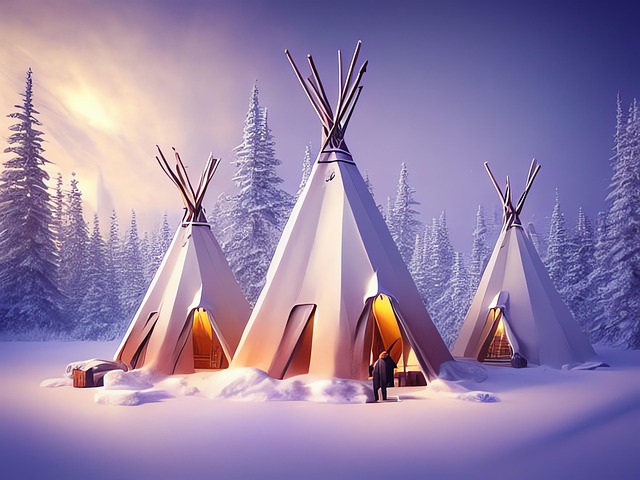
The Navajo Reservation, nestled within the majestic White Mountains, holds immense cultural significance for the Navajo Nation. This region is not just a geographical area but a vibrant tapestry woven with rich history and traditions. The mountains, forests, and high desert landscapes have long been integral to Navajo spiritual practices, storytelling, and artistic expressions. Real estate trends in this sacred territory reflect a delicate balance between preserving cultural heritage and accommodating modern needs.
Developers and investors are increasingly recognizing the potential of this region, not just for its stunning natural beauty but also for the growing interest in sustainable living and outdoor recreation. However, as development opportunities emerge, there’s a pressing need to engage with Navajo communities to ensure that any progress respects and conserves their cultural landscape. This includes mindful planning, community involvement, and preserving access to ancestral lands and sacred sites, thereby fostering a harmonious relationship between economic growth and cultural preservation in the heart of the White Mountains.
